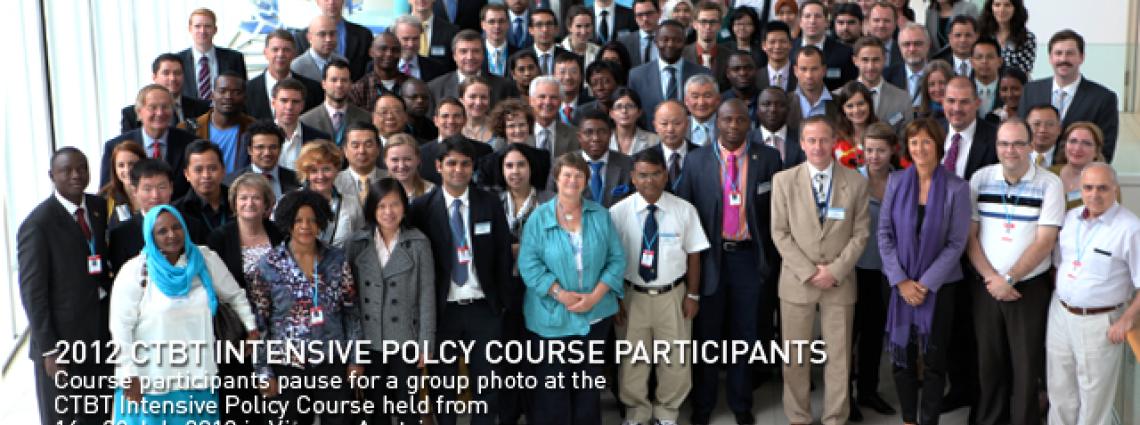Intensive Policy Course
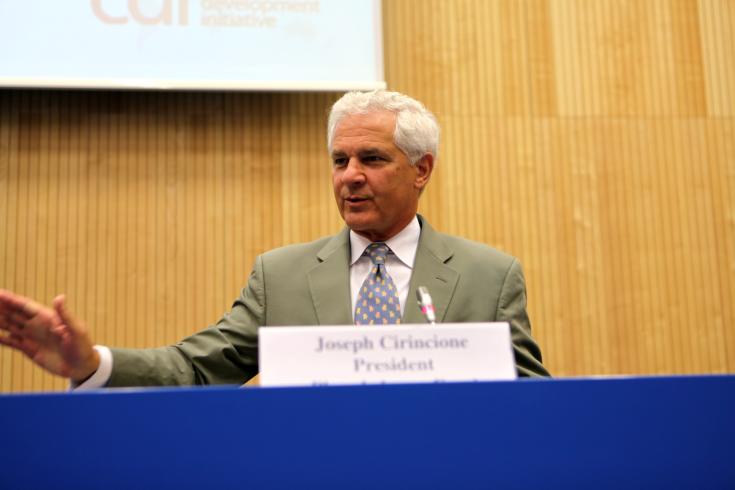
Joseph Cirincione, President of Ploughshares Fund, delivering the keynote address. Click to watch the video.
The Intensive Policy Course is a key element of the Capacity Development Initiative, which was launched by the Preparatory Commission for the Comprehensive Nuclear-Test-Ban Treaty Organization (CTBTO) with the objective of training and educating the next generation of CTBT experts. The Intensive Policy Course is part of the 2012 CDI lecture series, which will also feature an Advanced Science Course from 12 to 23 November 2012.

Course participants during the opening session of the course.
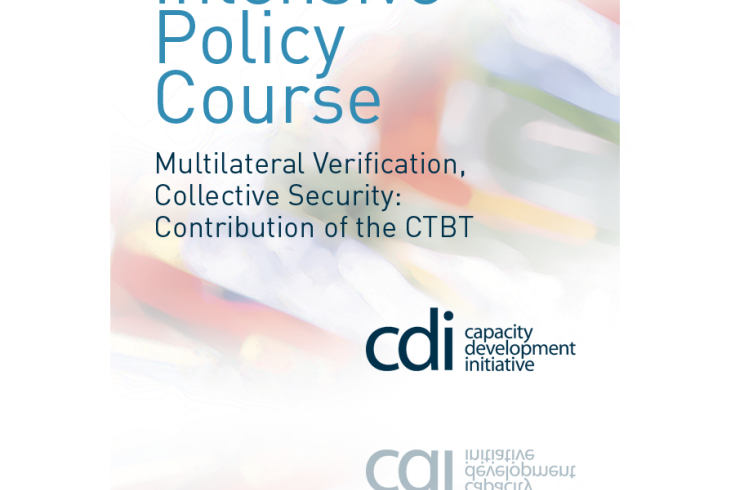
All lectures from the course are available to download for free from the CTBTO iTunes U page. Click the icon above to subscribe.
To come to the very heart of international negotiations for that matter, especially nuclear negotiations it gives you a completely different perspective.
The Intensive Policy Course at a glance
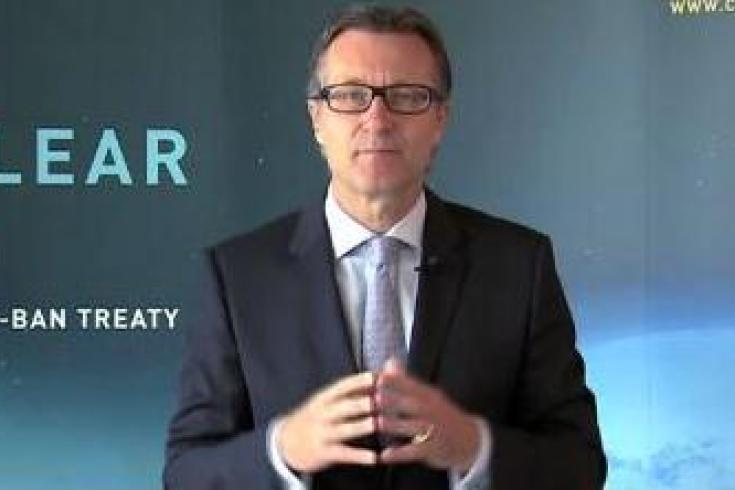
CTBTO Executive Secretary Tibor Tóth's welcoming message to the course participants. Click to watch the video.
“You can become a partner in a mission outlawing nuclear explosions…You can become a partner in a mission mitigating disasters, be it natural or man-made… You can become a partner in an educational mission to share all the benefits our organization is giving to you”.
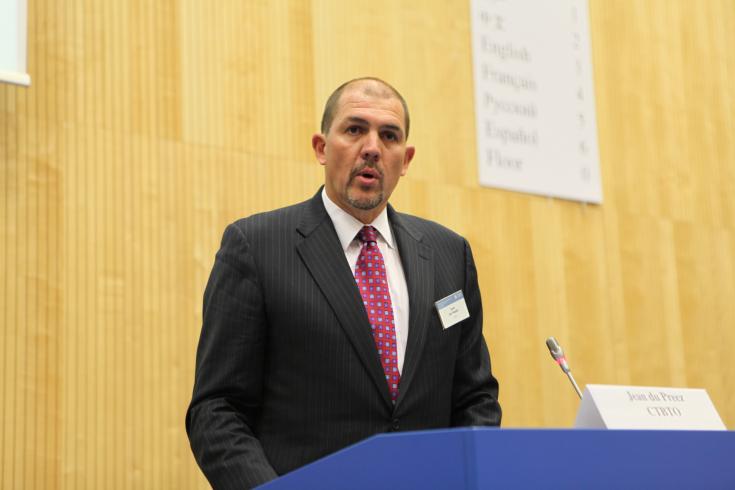
Jean du Preez, Chief of External Relations and International Cooperation.
“I believe we have the moral duty to prevent what has happened in the past, and to a certain extent that is what these courses are about, especially when we look at the next generation”.
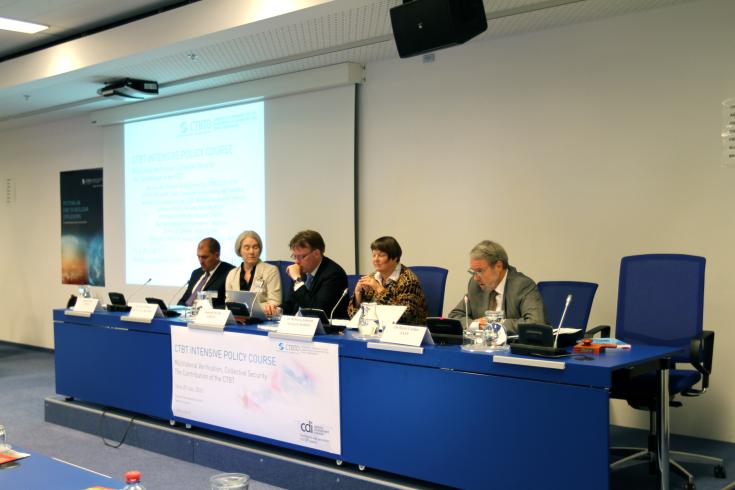
Panel on the Effective Verification of the CTBT.
This is the fourth time that I take a course at the CTBTO and every time I find something interesting, something new.
Simulation Exercise on a CTBTO Executive Council
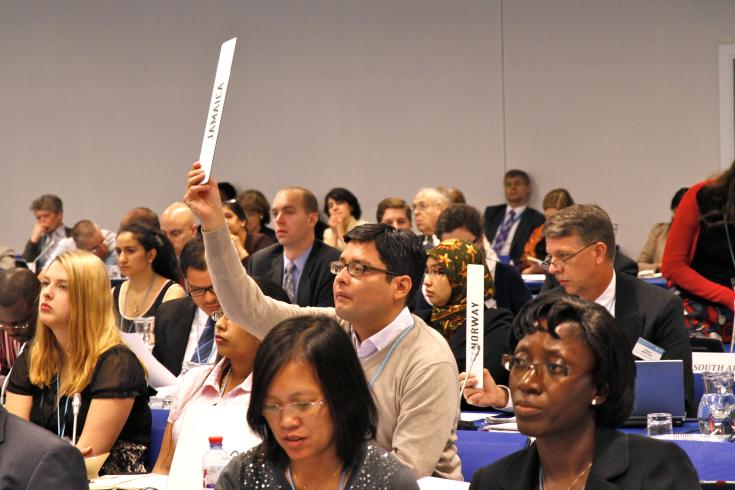
Simulation exercise on the Executive Council. The representative of Jamaica signals his wish to speak by raising his country placard.
This course gives me a great number of new ideas and new information about the implementation of the CTBT, how has it influenced international relations, deeper reasons and influences within the international relations system.
Peace and Security through Multilateral Verification
“Verification has to do three things: first, it has to set up a verification gauntlet, a series of hurdles…the second is to deter cheating by making a potential violator sufficiently unsure of escaping detection, and the third is to build confidence in the Treaty… that it provides security for all parties and thereby to create an incentive for everyone to join”.
25 Jul 2012
